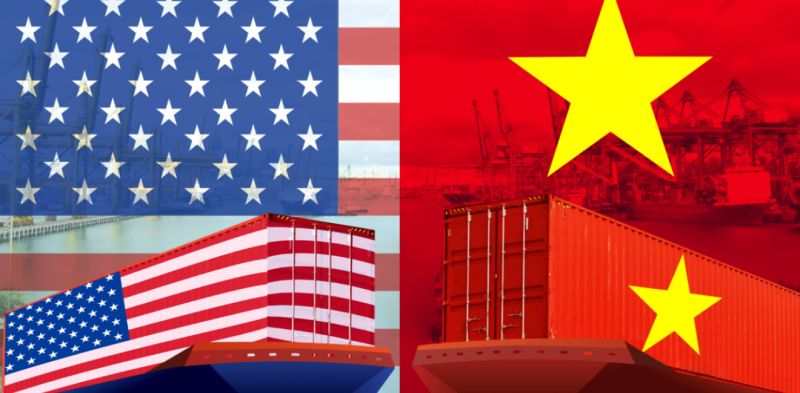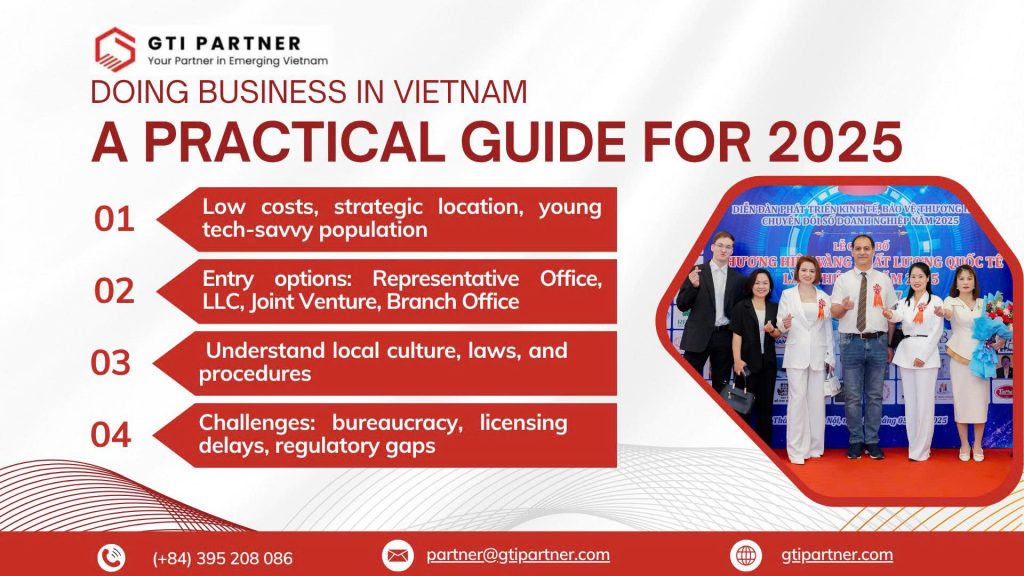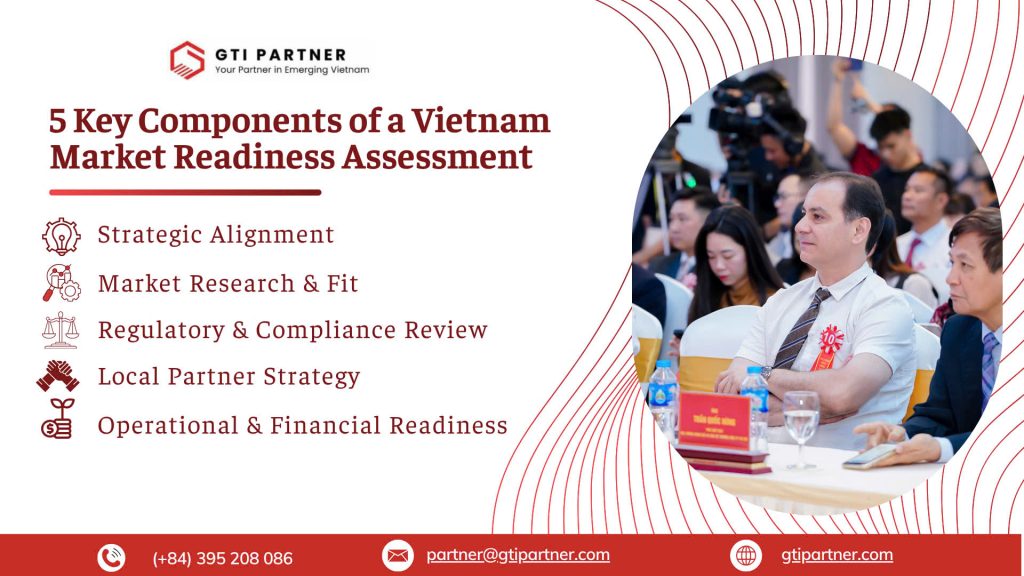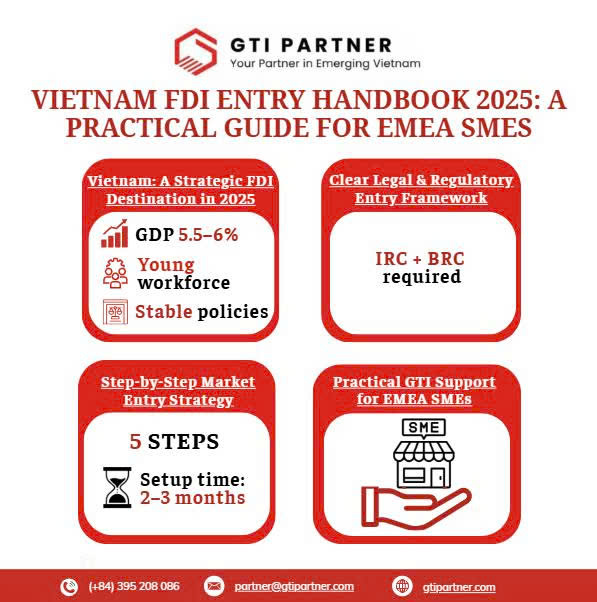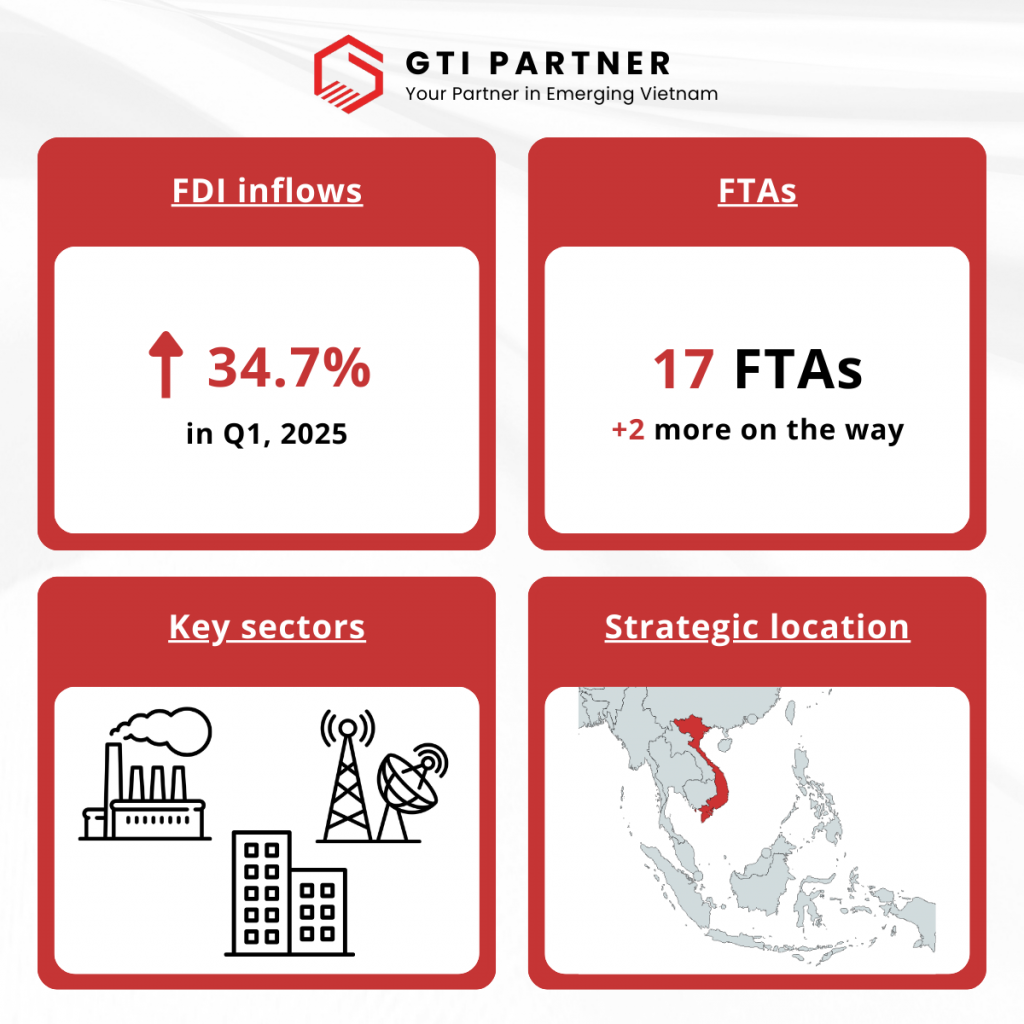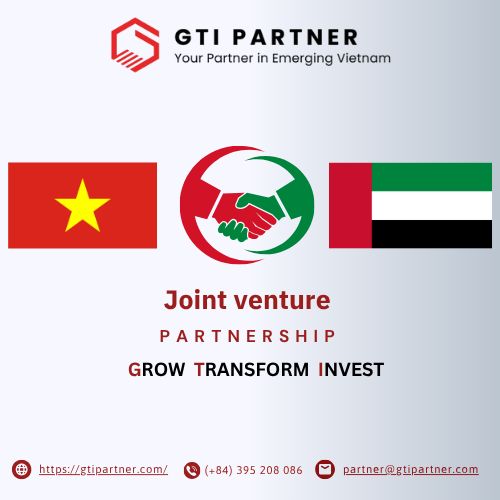New US-Vietnam Tariffs: Impact on Vietnam’s Manufacturing and Export Strategy
07/07/2025
First Look: The New US-Vietnam Trade Terms (Tariff 20%-40%) and Their Impact on Vietnam’s Manufacturing Industry
The evolving trade relationship between the United States and Vietnam has entered a new phase, with tariffs ranging from 20% to 40% on certain goods now reshaping the manufacturing landscape. These changes present both challenges and opportunities for Vietnamese manufacturers and their international clients.
Higher Tariffs: A Wake-Up Call for Exporters
With the imposition of 20%-40% tariffs, Vietnamese exporters face immediate cost pressures when selling into the US market. While these tariffs are designed to curb transshipment practices and protect US industries, they will inevitably impact the competitiveness of products labeled “Made in Vietnam.”
Sharing Tariff Costs: A Practical Solution
One emerging solution is for Vietnamese manufacturers and their American clients to split the additional tariff costs, sharing 10% each to absorb the impact. This shared responsibility approach helps maintain price stability for end consumers while preserving long-term supplier relationships.
The Importance of Core Production in Vietnam
To qualify for preferential treatment and avoid being classified as transshipment, core production must occur in Vietnam. This includes critical manufacturing processes rather than only final assembly or packaging.
Additionally, local value-added content must exceed 31% for products to be considered genuinely Vietnamese. This requirement incentivizes foreign investors and local manufacturers to increase sourcing and production within Vietnam, strengthening local supply chains.
The End of Transshipment Opportunities
While the exact criteria for defining transshipment remain unclear, the direction is evident: Vietnam’s role as a connector for Chinese exports into the US will diminish. Manufacturers relying on routing goods through Vietnam for US market entry without substantial value addition will need to re-evaluate their strategies.
What This Means for Vietnam’s Manufacturing Industry
✅ Reshoring Supply Chains: Companies will need to localize more production to meet value-added thresholds.
✅ Strengthening Local Sourcing: Increased demand for Vietnamese parts and materials will boost local industries.
✅ Investment in Technology: Higher local production standards will require upgrading machinery, skills, and processes.
✅ Strategic Client Partnerships: Collaborating with US buyers to share tariff burdens ensures business continuity while maintaining competitiveness.
Navigating the Changes
While these new trade terms may initially seem restrictive, they present an opportunity for Vietnam to strengthen its manufacturing ecosystem and solidify its position as a credible production hub rather than merely a transit point.
For US clients, partnering with Vietnamese manufacturers who can meet local content requirements will be key to maintaining supply chain resilience while managing costs under the new tariff structure.
Need Support?
At GTI Partner, we assist SMEs and foreign investors in Vietnam with:
✅ Market entry strategy under new trade terms
✅ Local supplier sourcing and verification
✅ Value chain optimization to meet local content requirements
✅ Compliance with evolving US-Vietnam trade regulations
